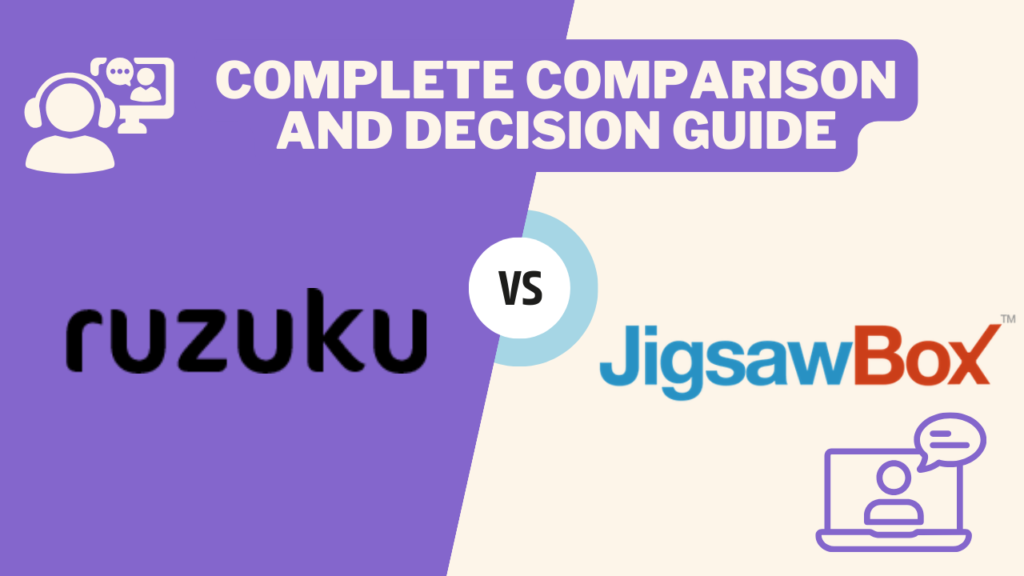The journey to an engaging — and profitable — online course starts with having the right approach.
There’s a crucial insight here and I hope you’ll take it to heart…
Creating a successful online course isn’t just about you.
It’s about being of service. Putting aside your ego. Questioning your unexamined beliefs and shifting into a new mode of creative work.
If you don’t make that shift, you’ll easily fall into the “Trough of Sorrow”:
There are common patterns — seen again and again — that lead experts into the Trough of Sorrow.
Here are 5 common mistakes course creators make.
Read them, dissect them, and commit to avoiding them in your own work!
1. Starting with too big a scope.
Sometimes experts lean toward creating big, comprehensive courses because they intuitively seem more valuable.
But in reality, participants will feel cognitively overloaded and they’ll check out… or you’ll create so much work for them to do, that they’ll feel demotivated.
By creating smaller courses, you can get started faster, and develop a library of courses for your business instead of one giant, monolithic course.
Often the root cause of this mistake is even more concerning. The root cause is a lack of specific, dialed-in focus to the course idea. The lack of a clear and transformative outcome, and a step-by-step process to get to that outcome. Without these guideposts for you and for your learners, it’s almost inevitable that your course will be grow past its ideal weight and put on flab.
2. Failing to define the skill/experience level of your participants.
Before designing a course, first think about the skill level of your participants.
Are they beginners? Experts? Many course creators fail to clearly identify where their learners are in terms of understanding and competency.
Guess where that leads? A course that isn’t going to resonate with anyone.
Think about the difference between a freshman course and a graduate seminar — then check out the Dreyfus model of skill acquisition for more ideas.
3. Jumping right in without doing any research.
Here’s the great downside of being an expert in your topic: it’s easy to stop listening, and to lose touch with the perspective of people who are just beginning to learn.
This is deadly. You’re on track to create a program that just isn’t aligned with people’s deep needs.
Instead, think of creating a course as an opportunity reconnect with your community.
Email your mailing list. Ask people, “What are you struggling with? How can I help? What are your top questions about ____ ?”
Hold free Q&A calls. Invite your community to join and ask you anything. Record the calls and review them for questions and insights.
Reach out to people who engage with you for 20-minute Skype chats. Ask open-ended questions and listen: a lot.
Offer a few free coaching slot. Take careful notes on the problems people present.
Build a document of your audience needs and ideas to serve them. Immerse yourself.
4. Spending all your time working on course materials in solitude.
If you’re spending all your course creation time just “creating” — writing, recording audios, creating worksheets — you’ve probably already gone off the rails. Sorry.
Great courses come from iterative back-and-forth — a conversation between you and the people you serve.
You need to socialize your ideas.
If you’re creating a brand-new program, plan a pilot version first that you can get up and running quickly. Talk to the participants in this pilot as much as you can.
If you’ve run a course already, reach out to your previous participants. Offer to help them with their current questions and get some free coaching from you in a Skype call. Use these conversations to explore what’s working and what you can improve in your course design.
5. Focusing all your energy on course/content design and ignoring marketing.
Here’s another sad fact: You can’t just “announce” your course and expect a flood of registrants. Sorry again!
You need to lay out a detailed marketing plan that engages your audience.
If you hate “marketing” or “sales,” then think about this way…
It’s really the first job of your course — to teach people enough for free to intrigue them to learn more.
What teaching will you deliver over the 6 weeks leading up to your course that will have people clamoring for more from you?
What emails can you send about your course that you’d be excited to receive yourself?
Special bonus mistake: Under-pricing your course!
99% of people across-the-board undervalue their work, and this leads them to under-price their courses. Perhaps the biggest mistake of all!
One of the challenges we face with courses — especially online courses — is to help people get results by actually using our information and techniques.
And the price of a course actually influences how people perceive a course, and how they behave in the course.
If someone invests $17 in a course versus $1,700 — which one do you think they’re going to invest more effort into?
Remember, too, that a setting what you think of as a “high” price for your course doesn’t mean you need massive, complex content.
An incredibly simple, streamlined course can easily justify its price if it helps people learn and get results.
How to avoid these mistakes
Start with our Roadmap to $5K in Course Revenue training. It’s 100% free and will put you on the path to a focused course that will serve your participants, and generate revenue for you.




